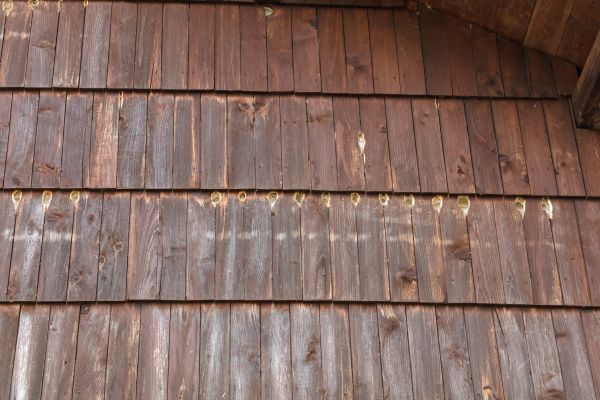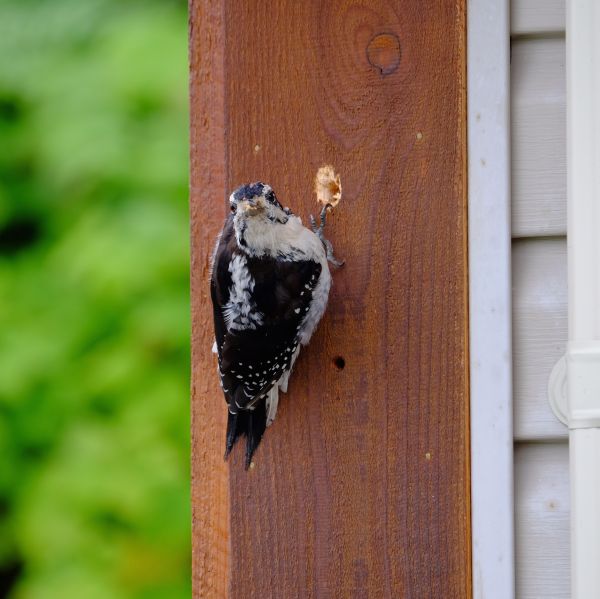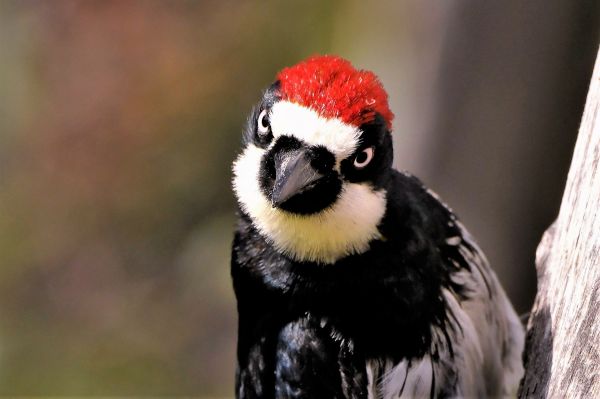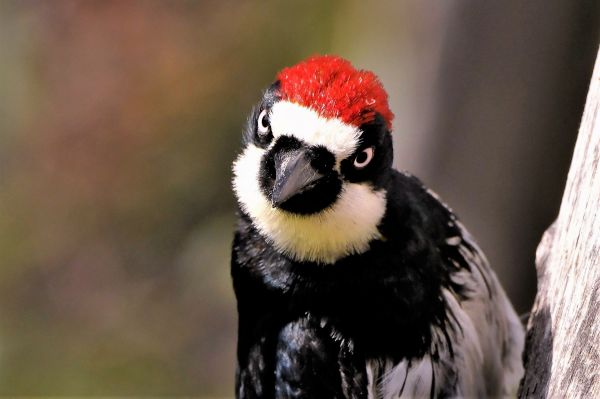Woodpecker Hole Patching Service
Affordable Woodpecker Hole Patching
Woodpecker hole patching is a crucial maintenance task for homeowners and property managers dealing with woodpecker damage. These industrious birds often peck holes in wooden structures, siding, and trim, which can lead to significant damage over time if not addressed. Patching these holes is important because it helps maintain the structural integrity of the building, prevents further damage, and keeps pests and moisture from entering through the openings. Additionally, repairing woodpecker damage can enhance the aesthetic appeal of a property, ensuring it retains its value and curb appeal.
Benefits of Woodpecker Hole Patching
-
Prevents Further Damage
Addressing woodpecker holes promptly prevents the damage from spreading. When woodpecker holes are left unrepaired, they can expand due to weather conditions or continued pecking. By patching these holes, you protect the underlying structure from further harm and preserve the integrity of the building materials. -
Enhances Aesthetic Appeal
Woodpecker holes can be unsightly and diminish the visual appeal of a property. Patching these holes restores the smooth, clean appearance of the building's exterior, enhancing its overall look. This is particularly important for maintaining property value and making a positive impression on visitors or potential buyers. -
Prevents Pest Intrusion
Unpatched woodpecker holes can become entry points for various pests such as insects and rodents. By sealing these openings, you reduce the risk of infestations, which can lead to more extensive damage and costly repairs. Keeping pests out also contributes to a healthier living environment. -
Protects Against Moisture
Moisture can easily seep through woodpecker holes, leading to wood rot, mold, and structural damage. Patching these holes creates a barrier against water intrusion, helping to maintain the durability and longevity of the building materials. This protection is especially vital in regions with high rainfall or humidity.
FAQs About Woodpecker Hole Patching
What materials are commonly used for woodpecker hole patching?
Materials such as wood filler, epoxy, and specially designed patching compounds are commonly used to fill woodpecker holes. These materials are chosen for their durability and ability to blend seamlessly with the existing structure.
How can I prevent woodpeckers from creating new holes?
Preventive measures include installing physical barriers, using visual deterrents like reflective tape, and applying taste aversions on the surfaces. Additionally, providing alternative nesting sites can help redirect woodpeckers away from your property.
Is it necessary to hire a professional for woodpecker hole patching?
While some small repairs can be DIY projects, hiring a professional ensures the job is done correctly and efficiently, with high-quality materials and techniques that provide long-lasting results.
How often should woodpecker hole patching be checked or maintained?
Regular inspections, ideally twice a year, can help identify any new damage early on. Maintenance frequency may vary based on the level of woodpecker activity in your area and the materials used in your building's exterior.
Fill out the contact form today to request Woodpecker Hole Patching and enjoy the benefits of a well-maintained, aesthetically pleasing, and pest-free property.




